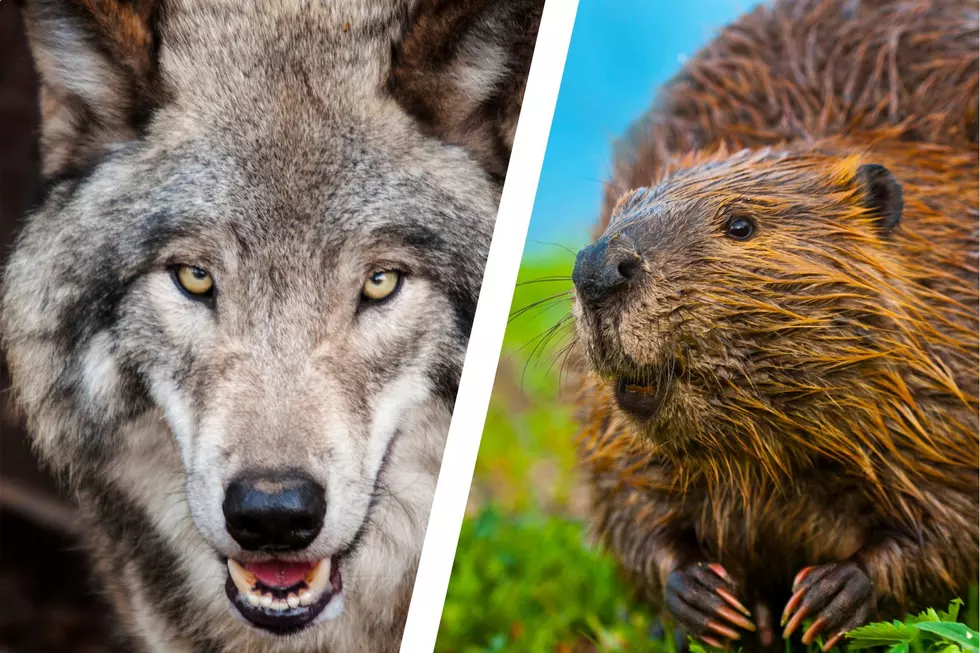
Scientists Suggest Moving More Wolves (and Beavers) to Wyoming
In 1995, the Yellowstone National Park began the Wolf Restoration program. Grey wolves began to populate the park, returning to territories they had long previously been removed from by extermination and hunting methods. According to the National Park Service, "By the mid-1900s, wolves had been almost entirely eliminated from the 48 states."
Scientists have a plan to reintroduce the apex predator to its traditional territory. The Rewilding American West Report, issued on August 9, 2022, recommends reintroducing wolves and beavers to benefit the Western ecosystems at large. The authors state that the plan will improve the Western wilderness by "eliminating the adverse effects of livestock grazing" and adds that the plan would "restore riparian systems, streams, and biodiversity; ameliorate altered fire regimes; and provide climate change mitigation through increased carbon storage."
But how does reintroducing wolves and beavers to their old territories in Wyoming help with all that? Quite simply, it brings balance to the ecosystem. According to ScienceDaily, the authors believe wolf restoration helps control elk and other ungulates and can help the regrowth of vegetation species of aspens. As for beavers, their felling of logs and interaction in waterways of the West improve their ecosystems, but their populations have remained low since the beaver-fur craze of the 1800 and early 1900s.
The paper does note that reintroducing native species to Wyoming and neighboring states does not come without a price. The report recommends reducing federal grazing allotments by 285,000 square kilometers within the proposed rewilding network. The number effectively represents just over a quarter of the federal lands in the network grazed annually.
So what does the report mean for farmers who relinquish their grazing permits? The report details a need for an "economically and socially just federal compensation program" to pay the farmers who give up their permits.


